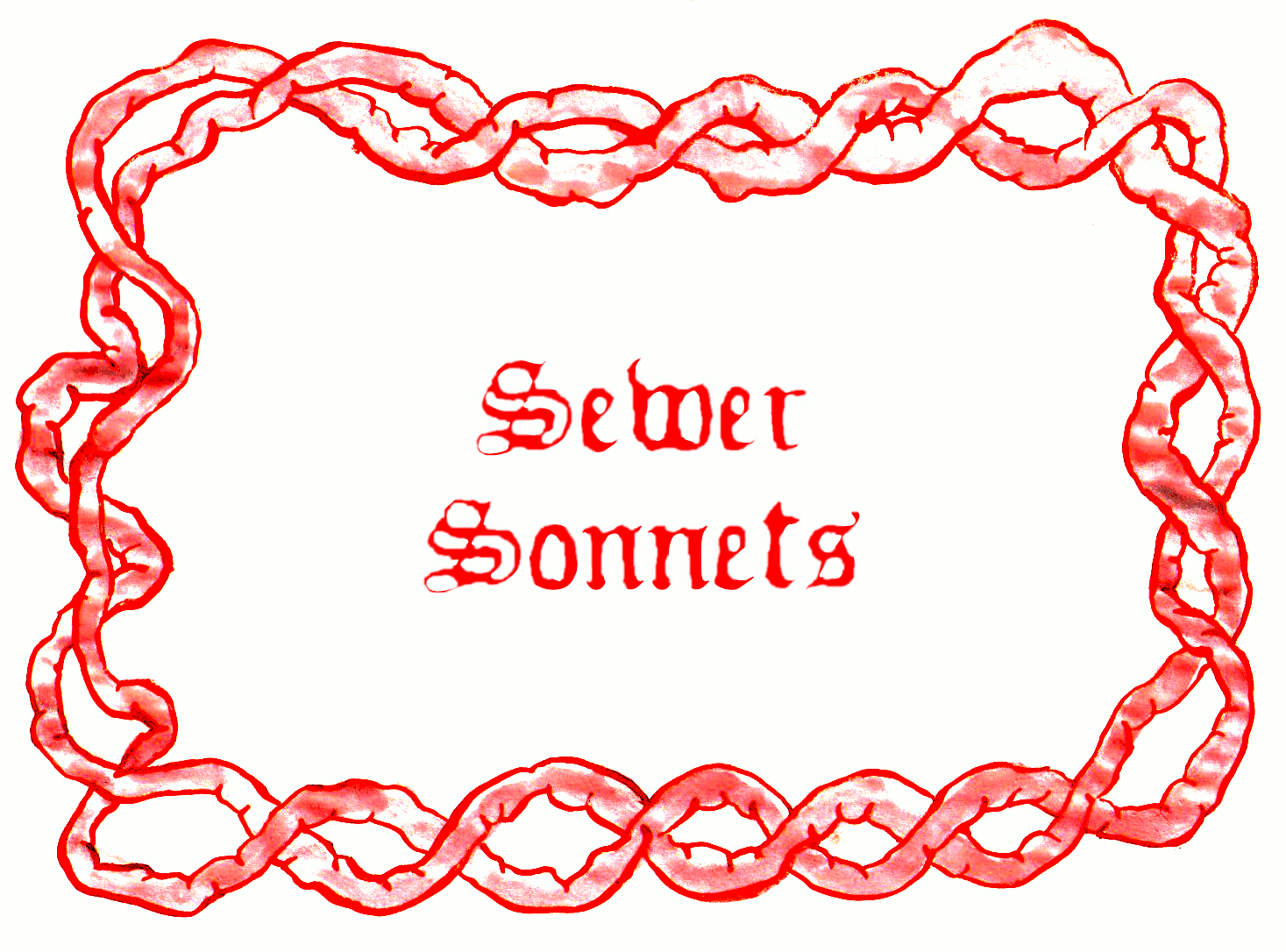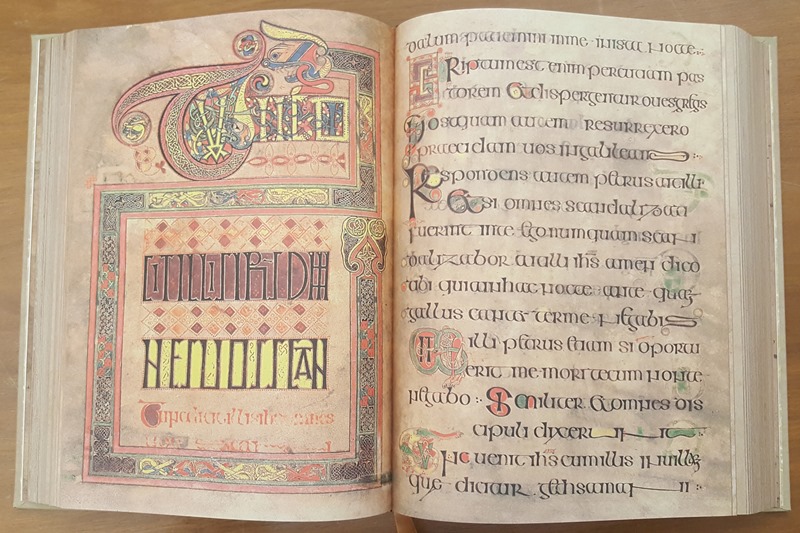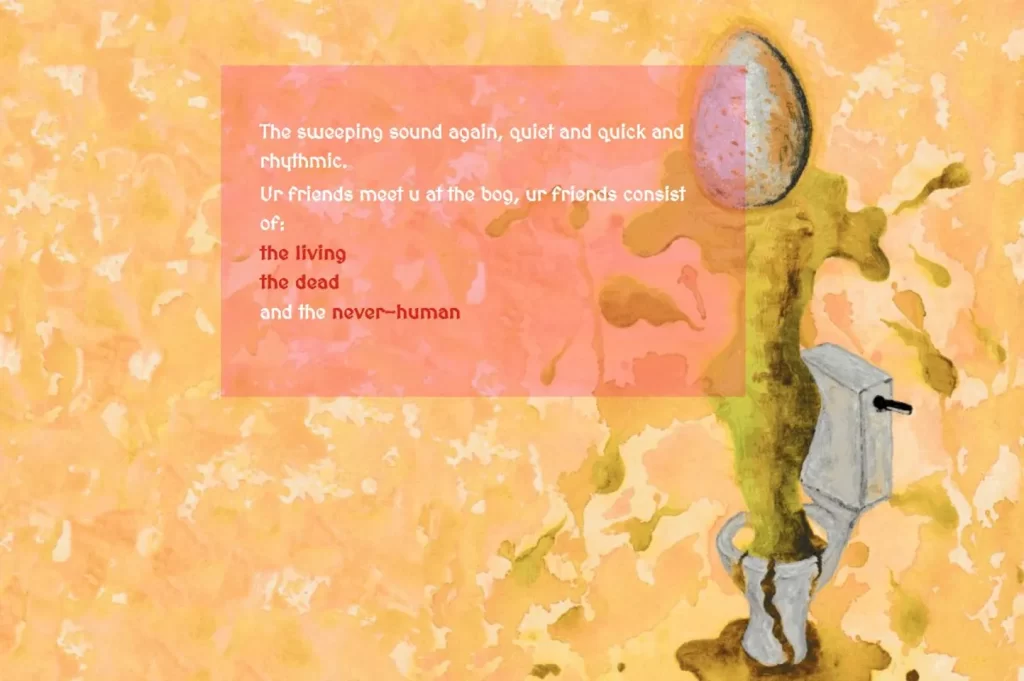
New work by Vital Capacities resident artists from the May 2023 residency, including work by artists Shaima Ali, Bassam Issa, Sammy Paloma, and Su Hui-Yu & XTRUX.
In May 2023, four artists took part in residencies on Vital Capacities – Shaima Ali (Palestine), Bassam Issa (Ireland), Sammy Paloma (UK), and Su Hui-Yu & XTRUX (Taiwan) – to explore and develop new work, supported by partnerships with Film London Artists’ Moving Image Network (FLAMIN), Shubbak Festival, Videotage and Wysing Art Centre.
Throughout the month the artists did research, tested ideas and created new work, working with our partners, web designer and digital inclusion specialist. Gateways is an exhibition of new work resulting from May 2023’s residency.
See the exhibition now: vitalcapacities.com/exhibition/
With thanks to Film London Artists’ Moving Image Network (FLAMIN), Shubbak Festival, Videotage, and Wysing Art Centre. Thank you to Arts Council England for their support.


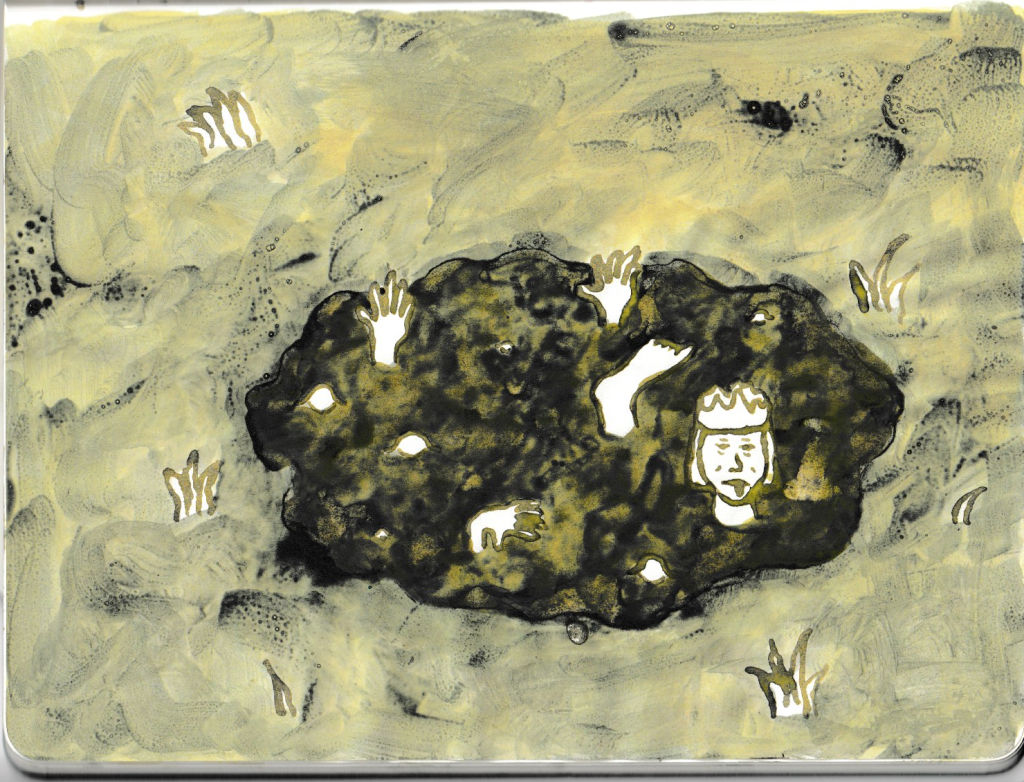
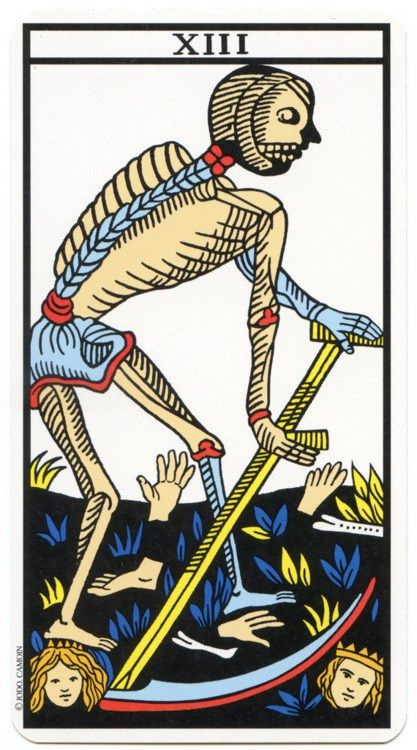
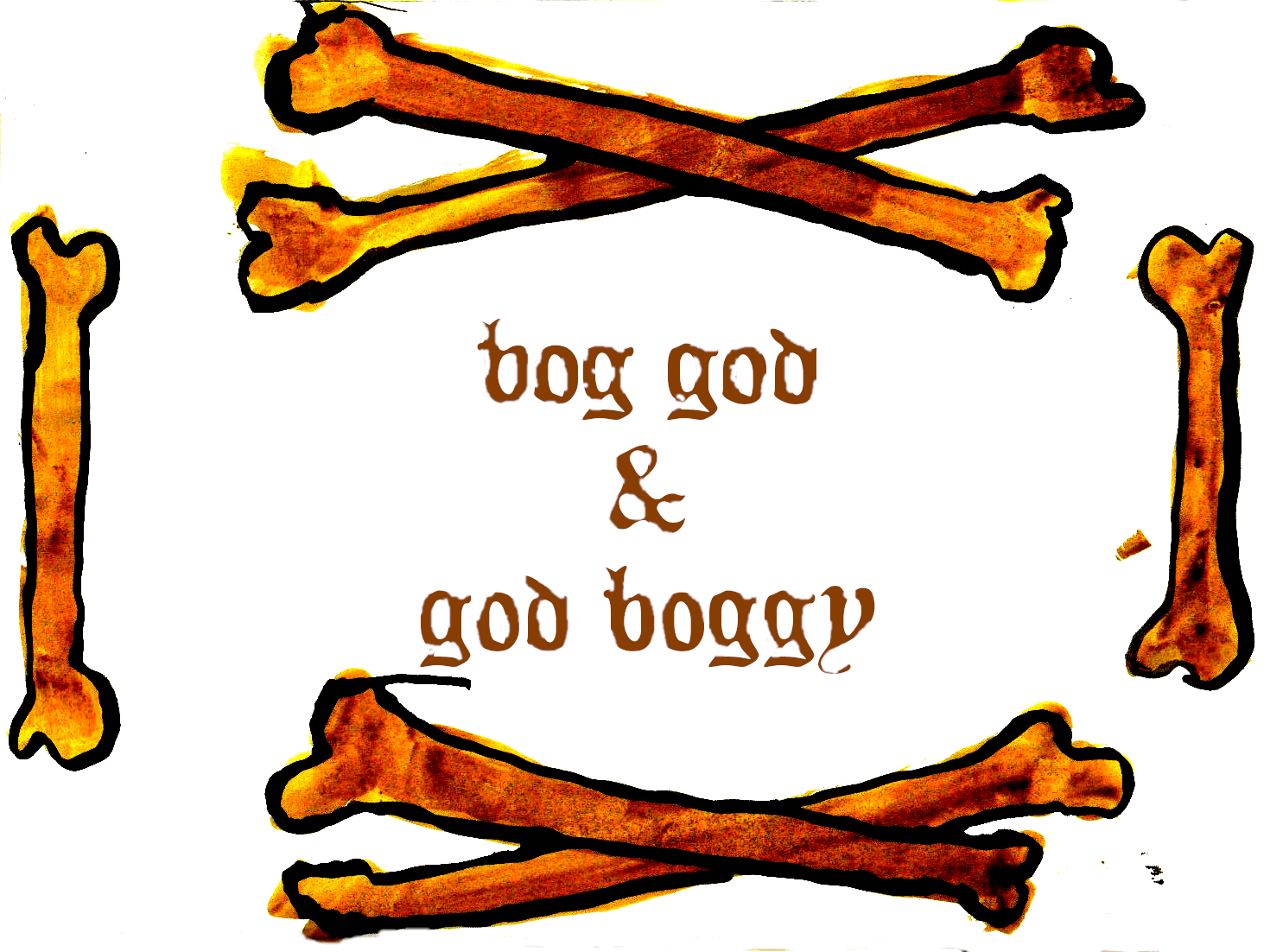
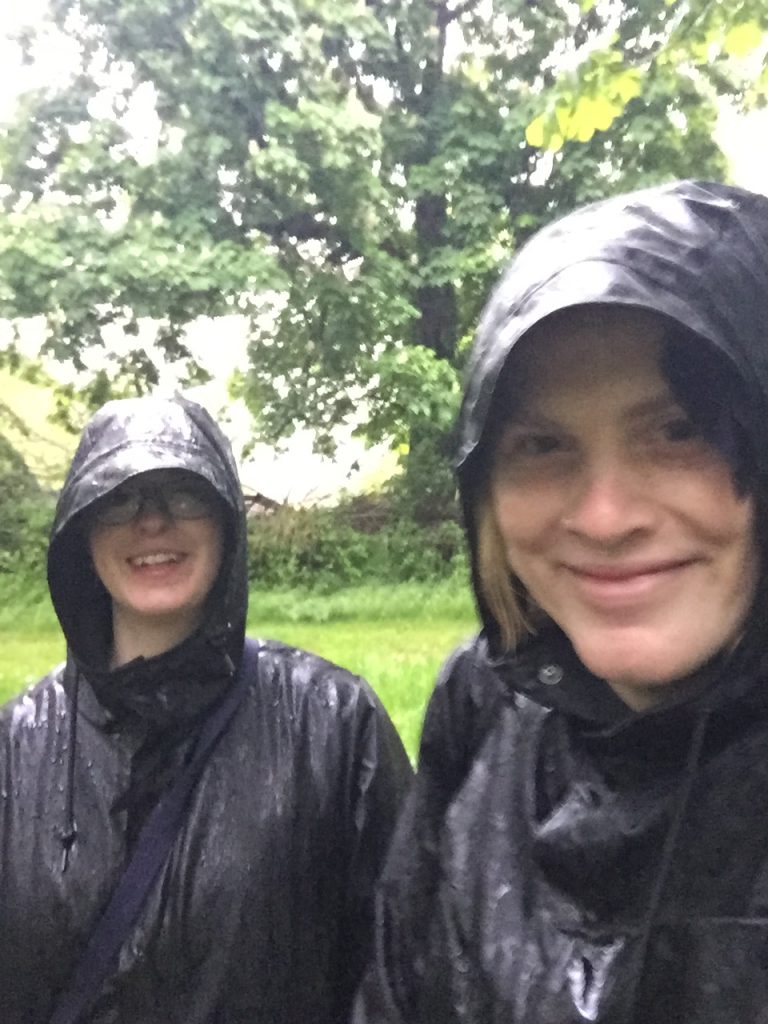
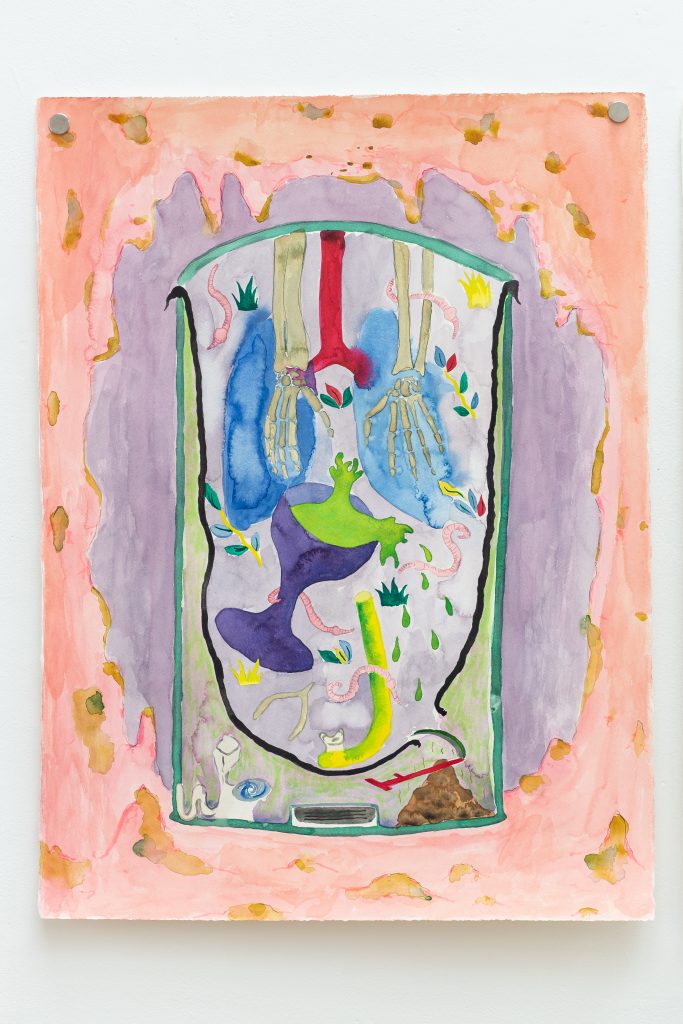
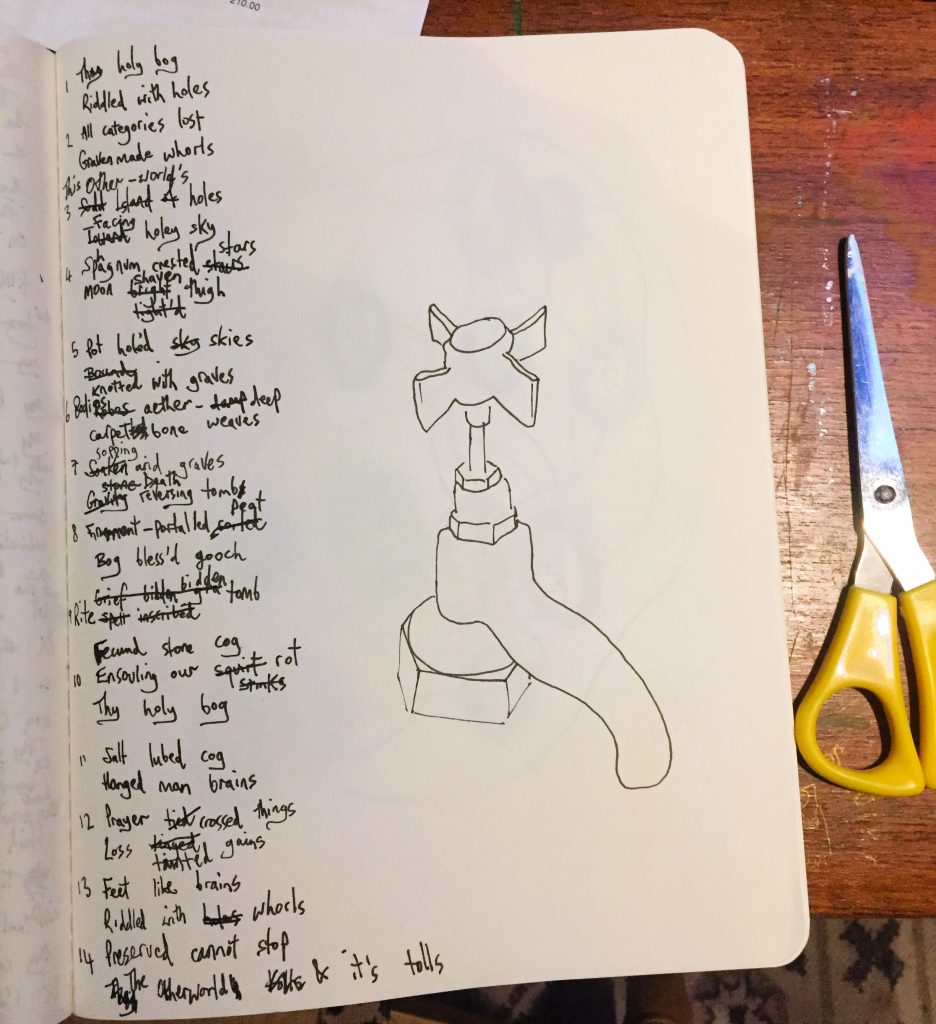
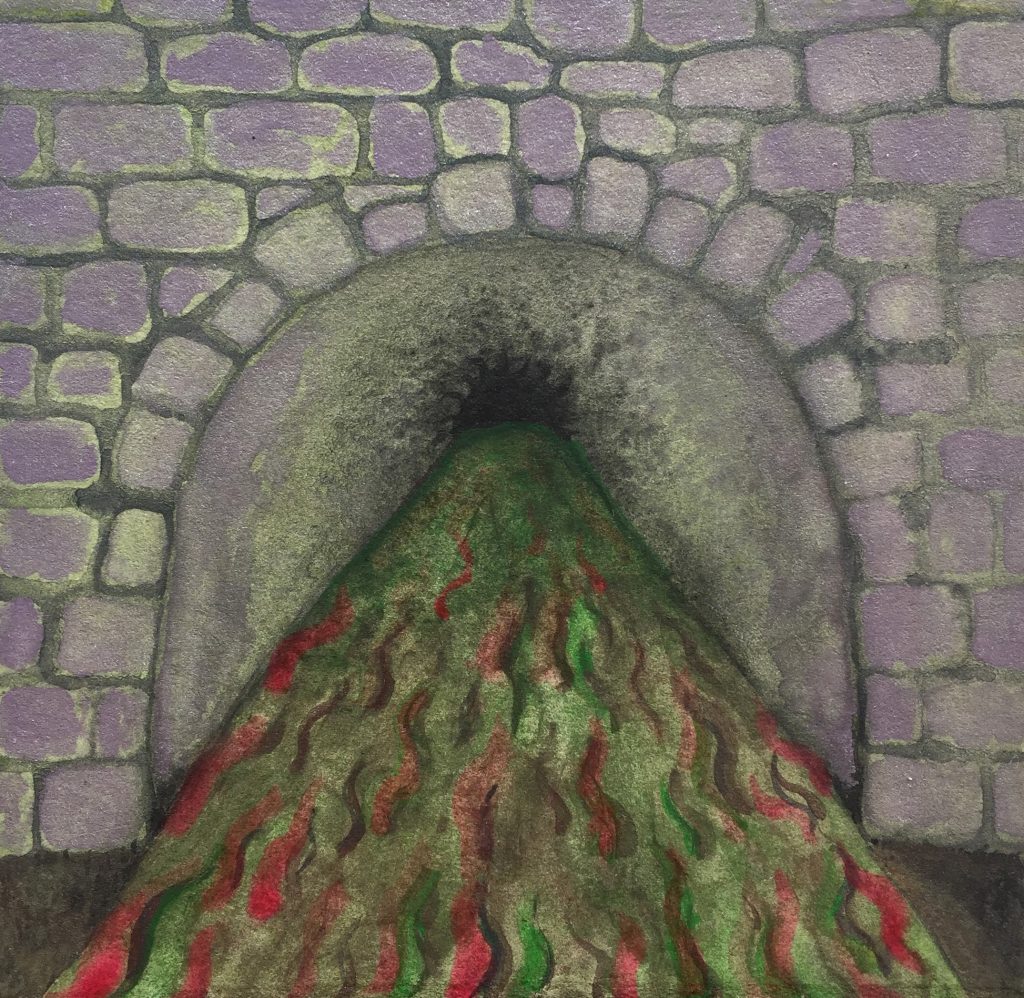
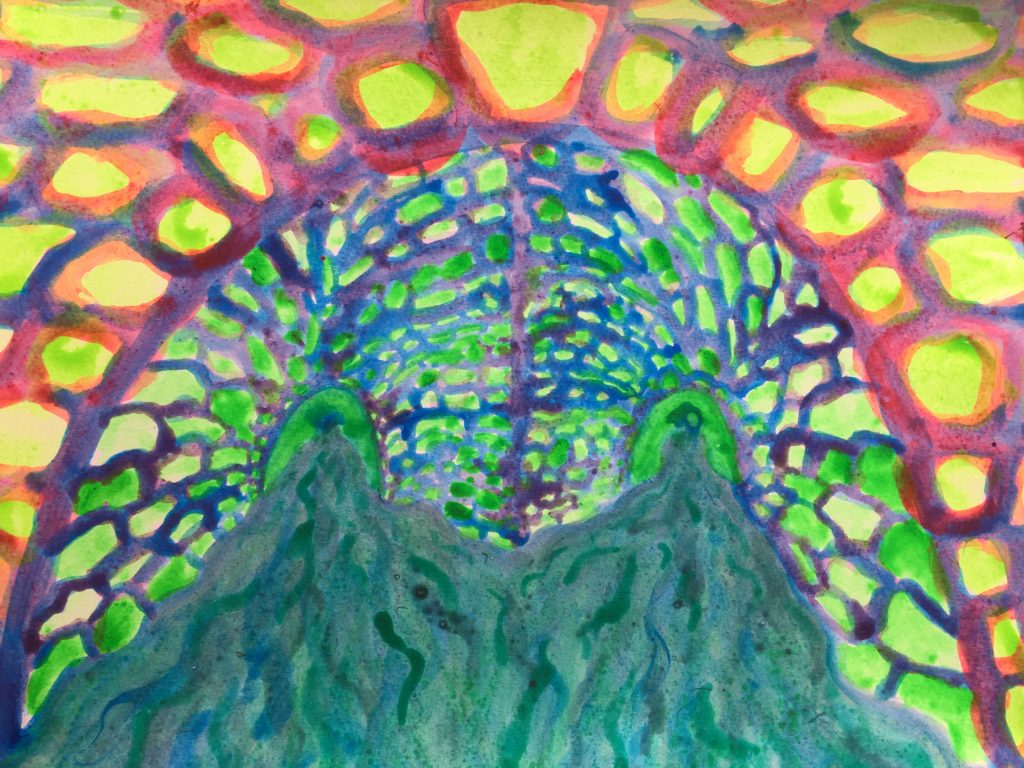
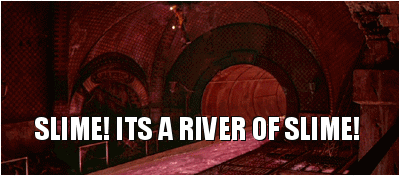
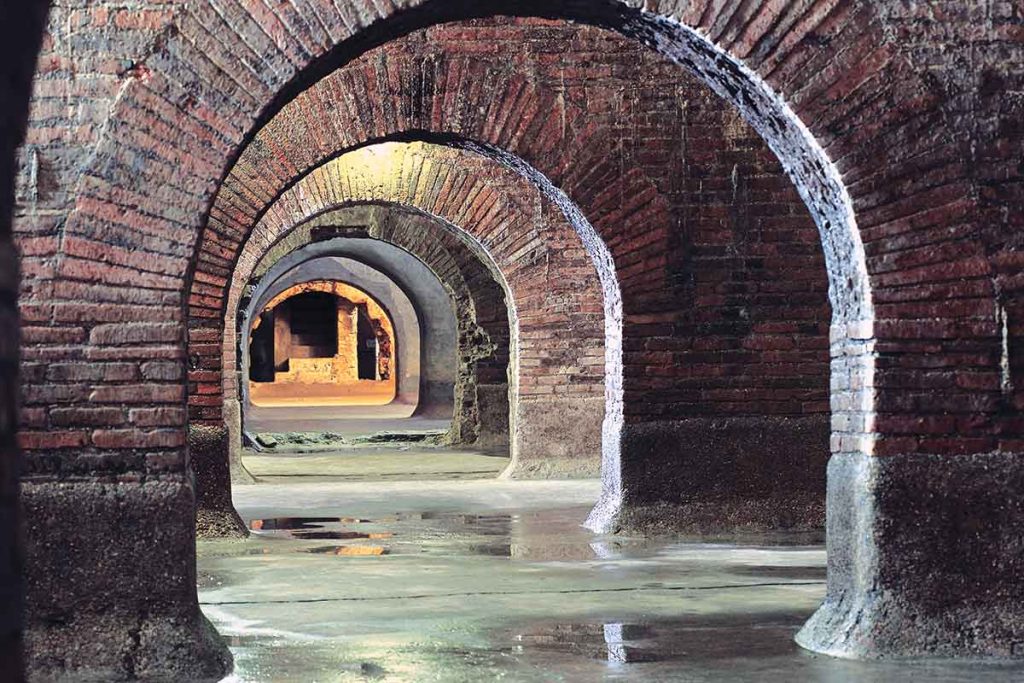
![A screengrab of a quote from Hélène Cixous' The Love of The Wolf, that reads: "As sson as we embrace, we salivate, one of us wants to eat, one of us is going to be swallowed up in little pieces, we all want to be eaten, in the beginning we were all formerly born-to-eat, wolfing it down, eating like a horse; we are starved, full of whetted appetites - but better not say it, or else we'll never dare to love. Or to be loved. Love is always a little wol-f-ishy [loup-che] - a little peckish, it's not nice to say, but..."](https://vitalcapacities.com/wp-content/uploads/2023/05/Screen-Shot-2023-04-13-at-12.56.47.png)
